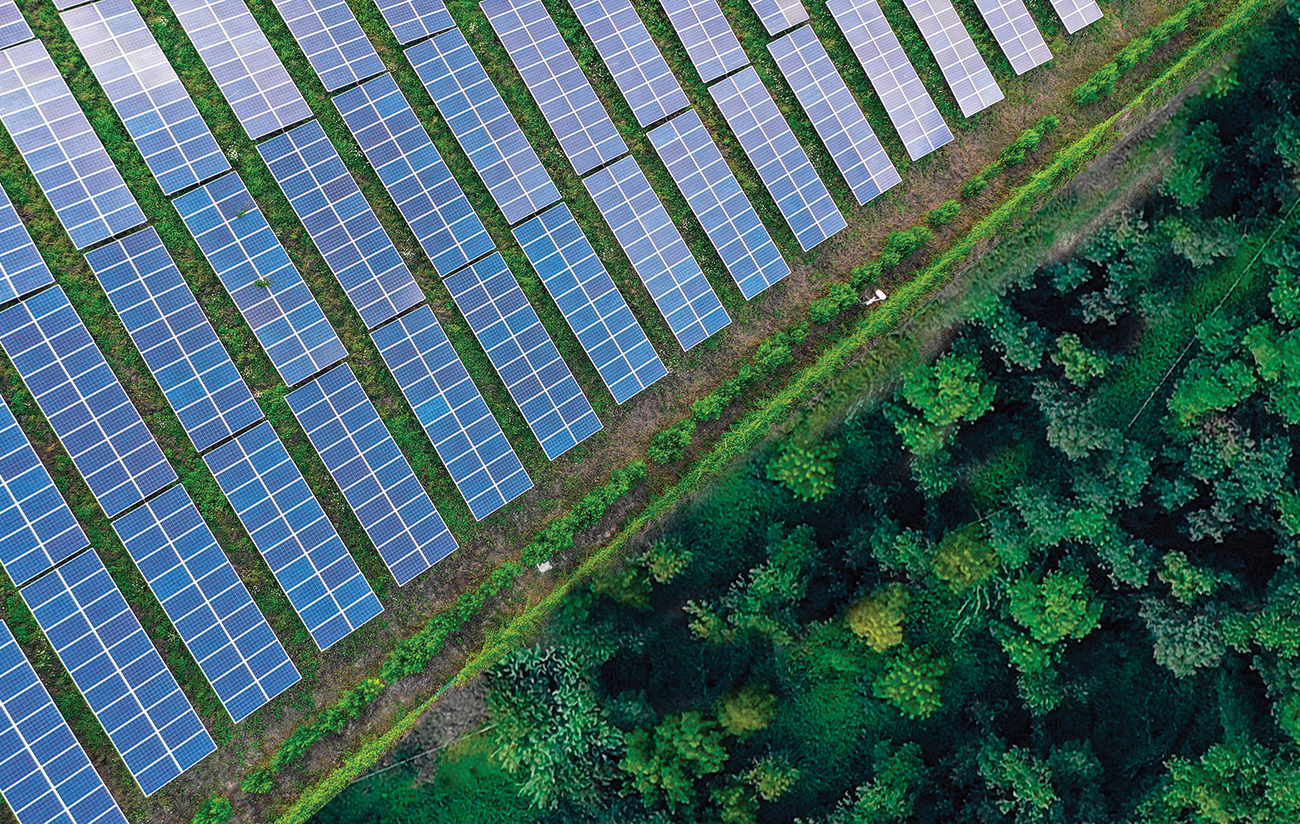The Department of Energy has issued its Funding Opportunity Announcement for the second round of GRIP (Grid Resilience and Innovation Partnership Program) funding opportunities under the Infrastructure Investment and Jobs Act (IIJA) (also referred to as the Bipartisan Infrastructure Law (BIL)). Funding is expected to be $3.9 billion.
Similar to round one, concept papers (which are due on Jan. 12, 2024) are being solicited for each of the GRIP funding topic areas including (1) Grid Resilience Utility and Industry Grants ($918 million), (2) Smart Grid Grants ($1.08 billion) and (3) Grid Innovation Grants ($1.82 billion). Full applications will be due on April 17th for topic areas (1) and (3), with topic area (2) due May 22nd.
Utilities and other organizations planning to submit applications for this next round of funding are already well underway in writing their concept papers, sharpening their plans based on experience from previous submittals, and using clues that DOE has provided regarding what is desired in this new round. In the first round of full applications, the odds of winning were about 13-26%, depending on the topic area. Based on what we have learned in round one, is it possible to improve your chances of success by focusing on key DOE objectives? We can expect this round to be even more competitive than the previous round, so companies should be looking at how they can improve their concept papers and advance the key areas of priority for investment.
Key goals for the DOE include energy justice, the integration of renewable energy, the application of data-enabled technology and investments in grids that support resilience. It aims to do this through prevention, protection and recovery, and investments with benefits that flow directly to disadvantaged communities. Investments should also provide the ability to catalyze and leverage private investment, so there is a multiplier effect related to these projects that continues well into the future.
Priority investment areas for this round include the following:
- Sharing best practices across multiple utility service territories
- Projects that boost innovation across all stages of project development and execution
- Facilitating clean energy deployment, generation diversity and benefits
- Enabling DER integration through the application of automation, digitization, and advanced technology
- Decreasing interconnection queues, to facilitate the construction of clean energy
- Increasing system resilience related to climate change-induced natural disasters
- Increasing regional and interregional electricity transfer capacity
Through the first round, there was significant learning regarding the requirements for Community Benefits Plans and we can expect there to be more focus on this aspect of the applications in the second round. By prioritizing energy justice there is an objective to dramatically alter the relationship between energy providers and their communities. This should be accomplished by collaborating closely with stakeholders in the community, starting with the planning process and focusing on the needs of disadvantaged communities and Tribes. The desire is to move away from traditional planning approaches and solutions and engage the community to identify new ways to reduce power outages, reduce restoration times and environmental impacts and bring high quality jobs to the communities. Examples of how this could be accomplished may include both utility and behind-the-meter microgrids, that are linked to critical loads in communities. Another example could be projects that have agreements with local unions and hiring people locally.
For the Grid Resilience Utility and Industry Grants (topic area 1), applicants must address at least three of the key areas, but addressing more than three is likely to be beneficial. These areas range from utility pole management and hardening of power lines to fire-resistant technologies and fire prevention systems, and advanced modeling technologies.
While the Concept Paper form has been streamlined to facilitate the application process, we can expect there to be more rigor and focus on advancing the goals that DOE has identified. Projects that have more diverse teams, which apply new and innovative technologies and address rural or hard to reach communities are likely to achieve more success. Applicants should consider providing a high-level roadmap that describes how their project will facilitate learning, and additional future investments.
An interesting way for a project to potentially stand out is to partner with other utilities and describe how learning and advancements will be shared across companies. This might include multiple investor-owned utilities operating in regions, or investor-owned utilities working together with local rural electric coops and municipal utilities. So, while there may not be a specific formula for success, there are many things that applicants should consider that will improve their chances of success. Through its investments, the DOE is essentially de-risking new projects, suggesting this is an opportunity for creative thinking and exploring new approaches to addressing energy challenges.
By taking lessons learned from round one, utilities can position themselves for success over the coming month.



